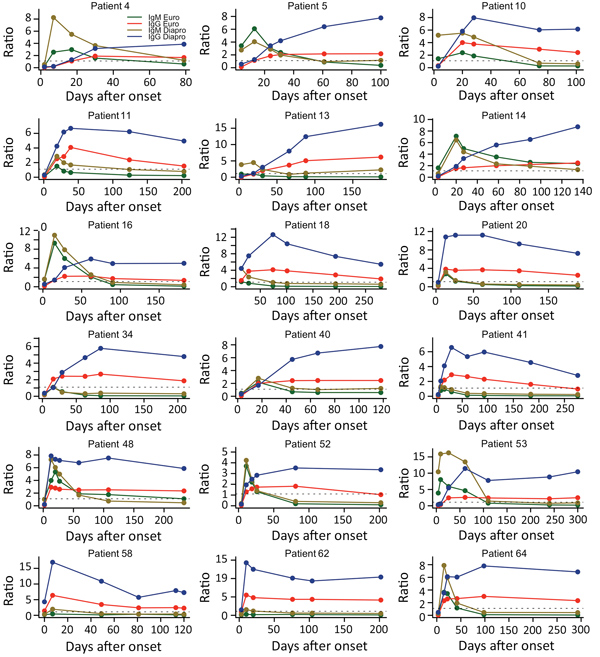

August is the hottest month for Fawn Creek with an average high temperature of 91. Our findings indicate that the posterior standard deviations for prevalence (but not sensitivity and specificity) based on finite population sampling tend to be smaller than their counterparts for infinite population sampling. In Fawn Creek, there are 3 comfortable months with high temperatures in the range of 70-85°. Using the developed methods, we analyse two real and one simulated data sets, and we compare ‘hypergeometric’ and ‘binomial-based’ inferences. Disease Prevalence 1 individuals, or 0.10, or 10 Test 1: Sensitivity 75. We thus discuss joint (simultaneous and sequential) testing strategies and inference for them. The individuals that test positive for Test 1 will be tested for Test 2. Sequential versions of such strategies are often applied in order to reduce the cost of testing. Moreover, two tests are often applied simultaneously for the purpose of obtaining a ‘joint’ testing strategy that has either higher overall sensitivity or specificity than either of the two tests considered singly.

Epidemiology, 4th Edition, Chp 5, P71-95. Consequently, the overall process will increase specificity but with reduced sensitivity. It is also the application of this study to the. SEQUENTIAL TESTING (Two stage) MULTIPLE TESTS After the first (screening) test is conducted, those who tested positive are brought back for the second test to further reduce false positives. In this paper, we develop statistical methods for evaluating diagnostic test accuracy and prevalence estimation based on finite sample data in the absence of a gold standard. By definition, epidemiology is the study (scientific, systematic, and data-driven) of the distribution (frequency, pattern) and determinants (causes, risk factors) of health-related states and events (not just diseases) in specified populations (neighborhood, school, city, state, country, global). child-care centre, village in Africa, or a cattle herd are sampled or if the sample size is large relative to population size. The binomial assumption is incorrect if all individuals in a population e.g. The two-test two-population model, originally formulated by Hui and Walter, for estimation of test accuracy and prevalence estimation assumes conditionally independent tests, constant accuracy across populations and binomial sampling.


 0 kommentar(er)
0 kommentar(er)
